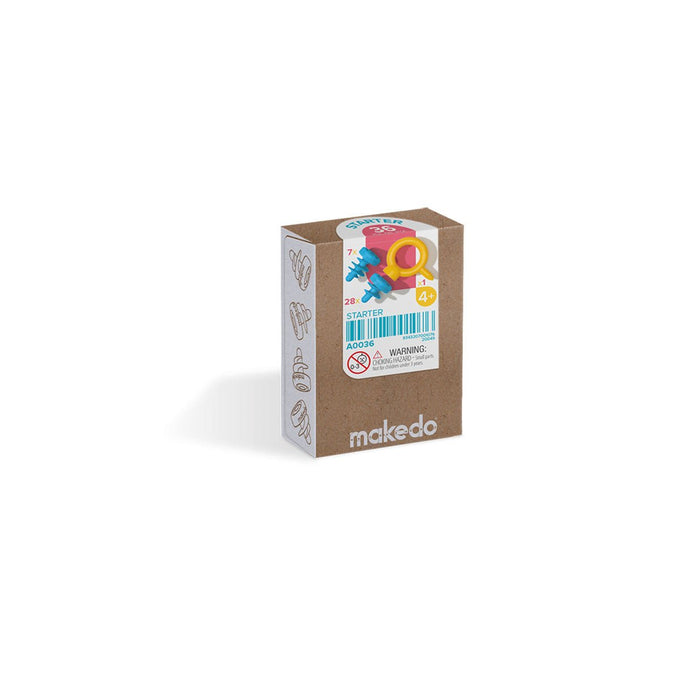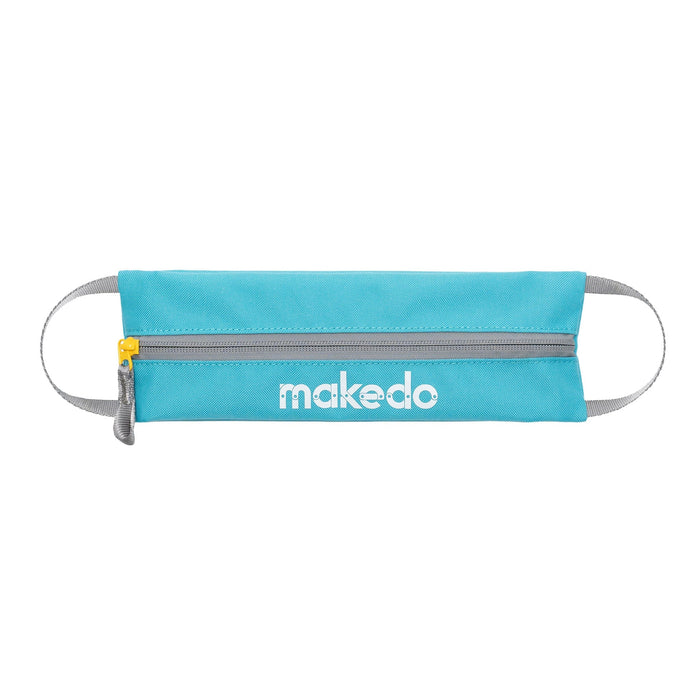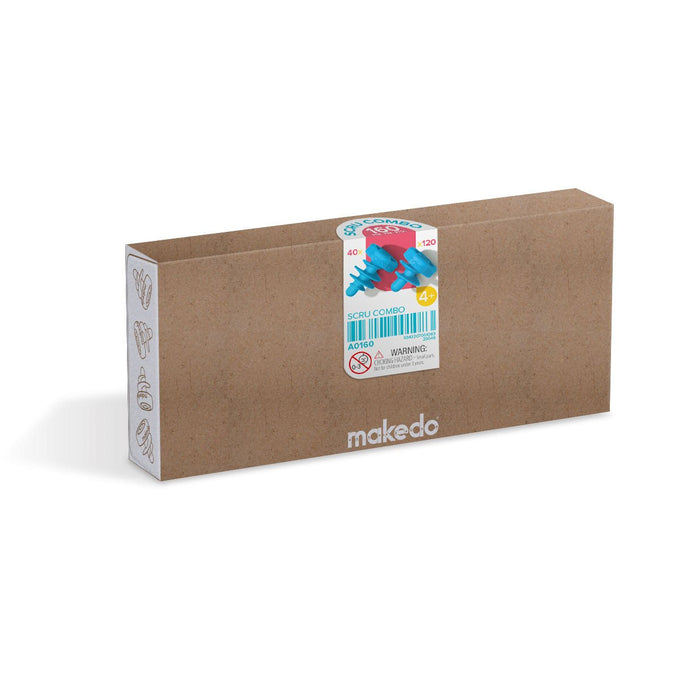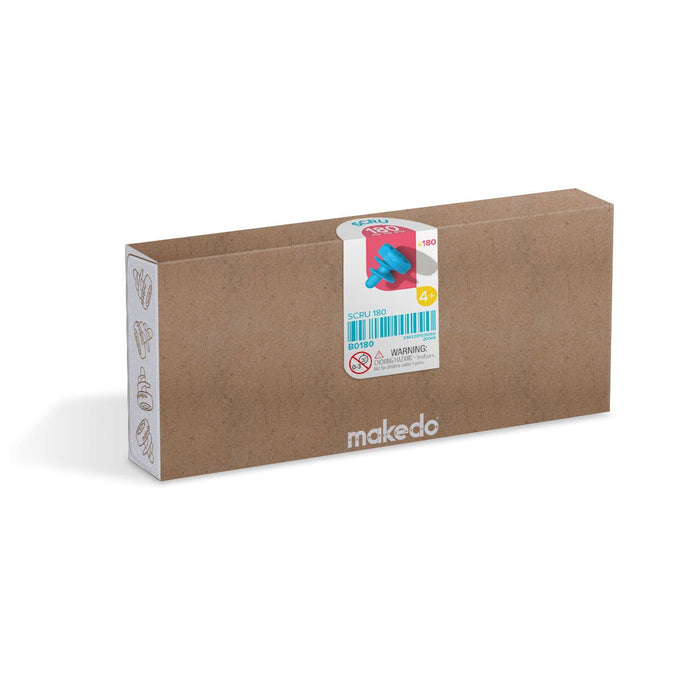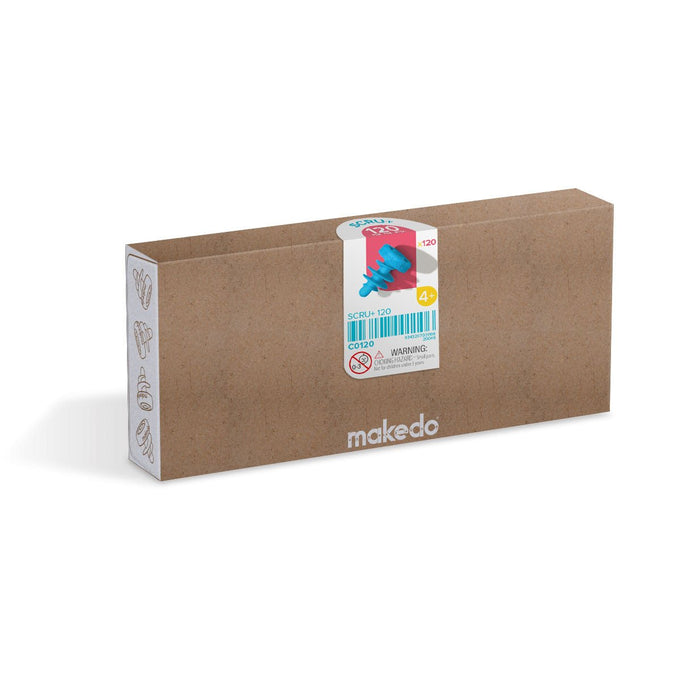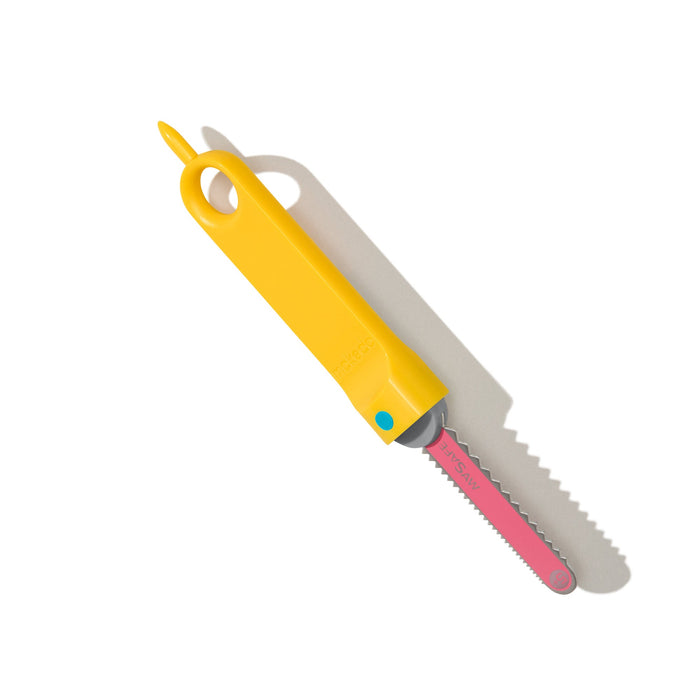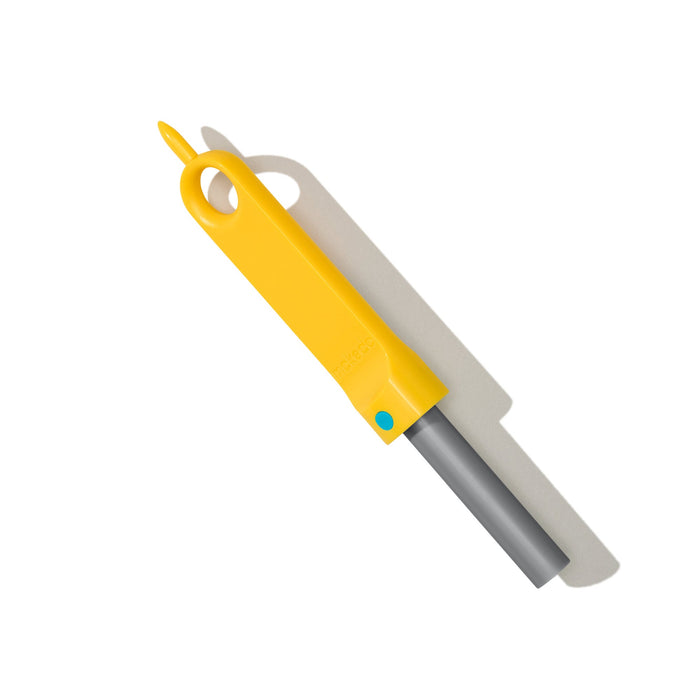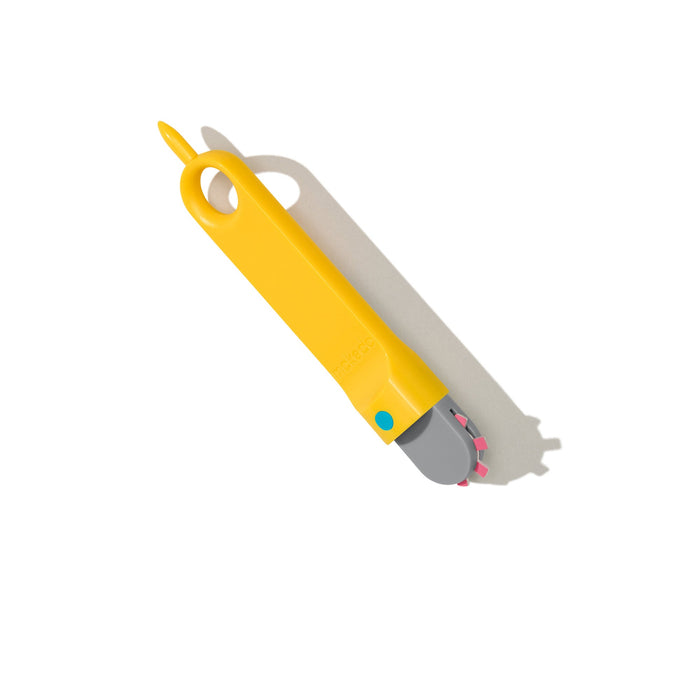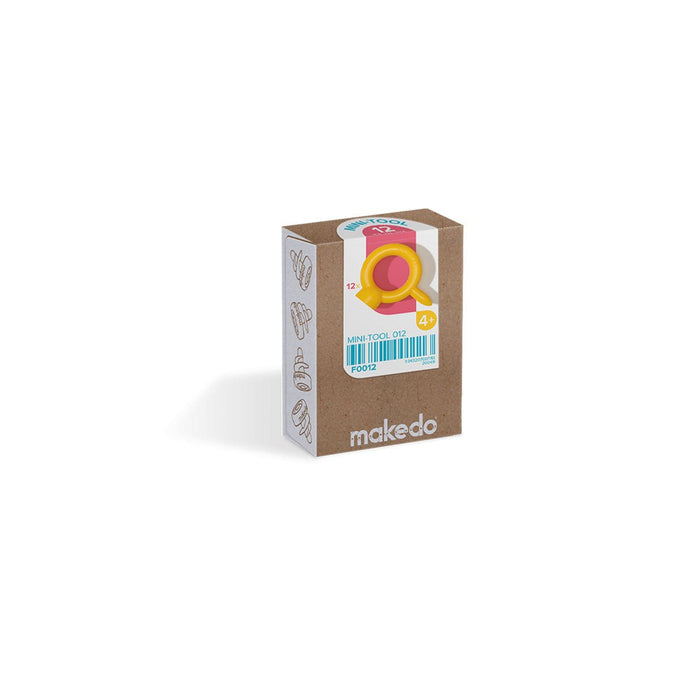The Importance of Play in Education
Whether you built skyscrapers from blocks, folded extravagant paper planes or created sculptures in the sandpit, reminiscing about childhood play often evokes warmth and nostalgia. Despite these positive connotations, the inclusion of play in education is often seen as an accompaniment to, rather than a vehicle for, learning. Beyond the early years, an emphasis on structured learning and a full curriculum means that play can easily be overlooked or crowded out.
However, classroom experiences and a mounting body of research, including a recent project from Harvard, suggest that the tide is turning. The research convincingly reports that play supports learning, and the great news is that play can be applied across all ages and subjects to help students thrive.
Benefits of play
Around the globe, educators are witnessing first-hand the cognitive, social, physical and emotional benefits of play. These include, but aren’t limited to:
-
Greater executive function and academic gains.
-
Improved social skills such as conflict resolution, negotiation and sharing.
-
Increased empathy, confidence, emotional regulation, initiative and resilience.
-
Increased collaboration, communication, problem-solving, critical thinking and creativity.
-
Physical play improves motor skills, cardiovascular fitness and immunity.
-
Enhanced brain structure and function. 1 2 3 4
Tips for playful teaching
In Harvard’s Pedagogy of Play (PoP) by Project Zero, both teachers and students see a playful mindset as integral to successful play for learning. Alongside a culture shift to embrace playfulness in educational settings, PoP also highlights these five key practices for teachers:
-
Empower learners to lead their own learning
-
Build a culture of collaborative learning
-
Promote experimentation and risk-taking
-
Encourage imaginative thinking
-
Welcome all emotions generated through play
Playful learning in action
In a playful classroom, teachers encourage students to follow their interests and curiosities, use their imagination, take risks, make mistakes, collaborate, have fun and reflect on their emotions while steering them towards their learning goals. Play can be included across all ages, subjects and topics with some creativity and imagination.
Examples of playful learning
-
Research the science behind climate change, then use upcycled cardboard to design and build a city to withstand and even mitigate some predicted climate impacts (try our Future City activity).
-
To explore history, bring a figure from the past to life by creating a cardboard prop or setting related to them (try our History Makers lesson).
-
Use upcycled cardboard and found materials to design and make a plane that can fly between two points while learning about the principles of flight (try our Up, Up and Away activity).
-
Have some fun in SEL by exploring personal strengths and identity through the creation of a cardboard creature that is as unique as its maker (try our A Creature Like You lesson).
-
Take fashion to new places by combining cardboard and technology to create a wearable outfit with flashing lights or moving parts to really make it pop (try our Cardboard Fashion Show lesson).
A playful classroom may be a little loud and messy, so be patient and curious with your students, and allow everyone involved (including yourself) time to develop a playful approach that works in your setting, then watch the benefits unfold.
References:
-
Arrow, J. (2019). How to use play for learning. Edutopia, 22 June: https://www.edutopia.org/article/how-use-play-learning/.
-
Mardell, B., Ryan, J., Krechevsky, M., Baker, M., Schulz, T. S., and Liu- Constant, Y. (2023). A pedagogy of play: Supporting playful learning in classrooms and schools. Cambridge, MA: Project Zero.
-
Simpson, M. (2024). A Practical Guide to Play in Education: Primary School and Beyond. Taylor & Francis.
-
Yogman, M., Gardner, A., Hutchinson, J., Hirsh-Pasek, K., and Golinkoff, R. (2018). The Power of Play: a Pediatric Role in Enhancing Development in Young Children. AAP, D.C: Pediatrics.




